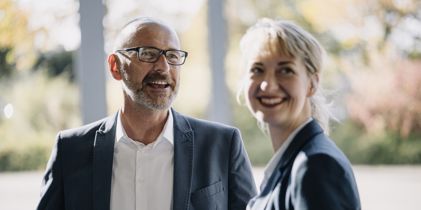Choosing the right funeral cover for your family
Find out how to choose the perfect funeral cover for your family's needs. Navigate options, premiums, and more for peace of mind.
Welcome to the 1Life Insurance blogs! At 1Life, we understand the importance of protecting what matters most – your loved ones, your assets, and your future. In this dedicated section, we bring you valuable insights, expert advice, and informative articles to help you navigate the world of insurance with confidence and clarity. Whether you're seeking guidance on life insurance, health coverage, or retirement planning, our team of knowledgeable writers is here to provide you with the information you need to make informed decisions.

Find out how to choose the perfect funeral cover for your family's needs. Navigate options, premiums, and more for peace of mind.

Secure peace of mind with a funeral policy for singles. Discover the benefits and why planning ahead is essential for your financial future.

Find out how much life cover you need to protect your family's future with our easy guide. Learn factors, and calculations, and choose the right policy with 1Life.

Higher VAT and no bracket-creep adjustments mean less money in consumers’ pockets. Which is an opportunity for advisers to help clients achieve financial plans.

Don’t let your life cover claim be declined by not meeting the policy terms and conditions for travelling or taking part in dangerous hobbies!

How to invest in yourself and your future with just R200 a month.

Pocket money is one of the most powerful tools you can use to teach your children about money!